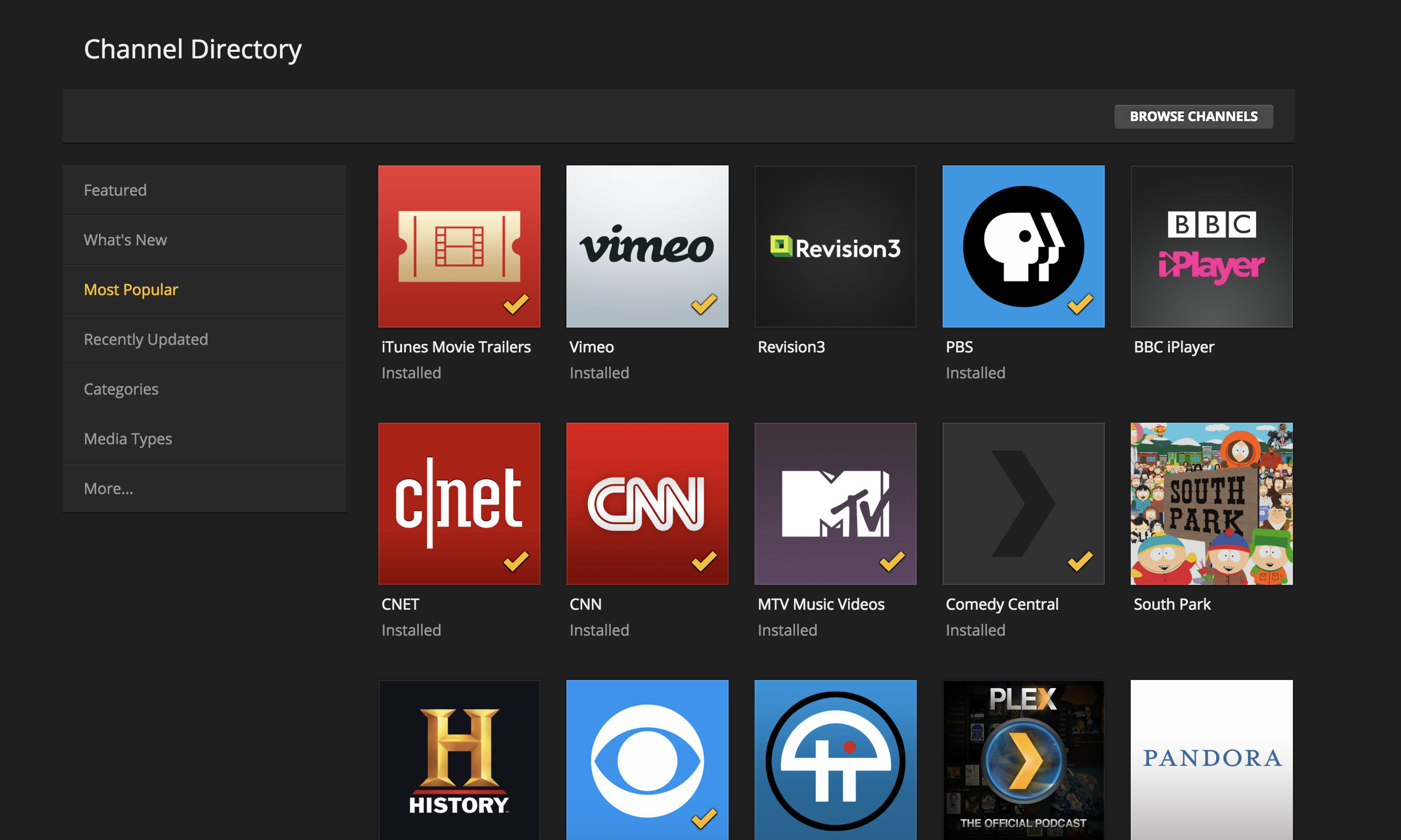

Challenge four: delivering, whenever and whereverĪs we’ve discussed, consumers now demand near constant access to TV.
#Cloudtv not support tv#
Ultimately, it doesn’t matter what content you can provide if you can’t maintain the exceptionally high levels of availability the modern audience is accustomed to, they will simply default to the usual TV model. Additionally, as technology develops so too must your IT estate: can your infrastructure continue to deliver increasingly large and more complex data packets? Forget high definition it’s time for 4K UHD TV. This means being prepared for spikes and troughs in infrastructure demand – not only caused by the viewing habits of your current audience but also being able to react to an influx of new subscribers as your content evolves. The challenge for any cloud TV business is to be able to replicate this all-time experience. We’ve moved from the sometimes intermittent experience of test card to the continuous 24/7 and largely uninterrupted world we take for granted. The traditional model of TV distribution has been built and adapted over several decades. Challenge three: keeping consumers fed, no matter what The automation must be highly reliable or providers could find themselves slapped with serious lawsuits based on geographical rights. So what’s the best solution? Realistically, any cloud TV offering will need to employ high levels of automation and authentication in order to streamline the process and ensure the right content reaches the right audience. Each market has their own content rights restrictions, and breaking these can lead to real difficulties – and Aereo is a prime example. But while prospective cloud TV providers may have the capability to reach audiences across the globe, they may not have the rights. Part of the benefit of a cloud model is the ability to reach across any number of regions with very little difficulty. Challenge two: frustration thanks to legislationĭistribution rights represent the key to winning the cloud TV market – and while technology has moved on dramatically since the 1970s, the law’s stance on TV copyright has not.

The flexibility of its infrastructure has allowed Netflix to continue improving its platform and shorten the time to market for new ideas - all without the cost associated with buying their own broadcast hardware. Netflix is a great example of this: the company has used the cloud to give it a fast and low-risk ability to scale the business on demand. However, it’s important to understand that using cloud is not in itself innovative – real innovation comes from using the model in unique ways. Challenge one: over-hyping the influence of the cloudĬloud is just a technology, not a secret weapon – building your service on the cloud will no more lead to innovation than investing in pen and paper will lead to the creation of a best-selling novel.Īs a foundation for your organisation’s infrastructure, the flexibility and low capital expenditure implications of cloud computing can enable business to take advantage of new working models unavailable in previous years.

Various different factors work to create a significant challenge for any prospective providers. It is not such a happy story for others players in the market: the US Supreme Court’s decision to rule Aereo’s internet TV service illegal has serious implications for the industry – not only placing limits on the use of technology, but also on the viewer’s freedom to consume programming in a manner which suits their lifestyle.Ĭlearly the move towards a cloud TV is not as straightforward as many seem to suggest. The continued rise of this technology has helped to redefine what it means to watch TV the Netflix service, for example, now reaches more than 50 million members across nearly 50 countries. However, the growth of content providers such as Netflix, Hulu and NowTV is causing the greatest stir.


 0 kommentar(er)
0 kommentar(er)
